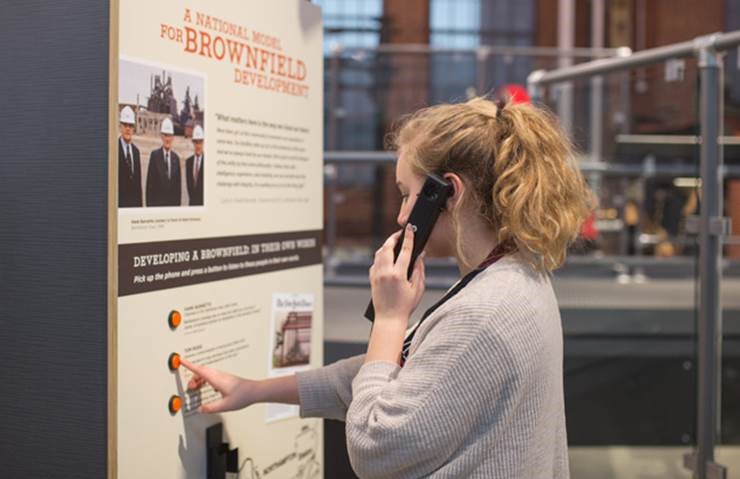
Measuring the Public Value of History Museums
This multi-institution research study builds on previous work by the Institute both in Finland and the U.S. Designed to assess and communicate the value of museum experiences to the decision-makers and policymakers who support and fund museums, this research uses an approach that directly speaks to how decision-makers themselves define value. The research is also designed to support history museum professionals’ ability to understand and support the value that makes so many people want to engage in history museum user experiences as well as generate insights that will allow these benefits to be extended to the many individuals who currently are not being served by museum offerings.
Building on Falk’s theoretical ideas and ILI’s extensive previous research (see Falk, 2021; [Finland Final Report and FINAL Measuring the Public Value of Art Museums TECHNICAL REPORT2.1) which has demonstrated the feasibility of using well-being as a framework for understanding and measuring, as well as ultimately monetizing the value of art museum experiences, this study has brought together Atlanta History Center, Aurora Fire Museum, Billings Farm & Museum, Corpus Christie Museum of Science & History, Connor Prairie Museum, Frank Lloyd Wright Foundation, Jamestown-Yorktown Museum, Minnesota Historical Society, Missouri Historical Society, National WW1 Museum & Memorial, Sauder Village, and South Carolina State Museum to rigorously document the well-being-related value the public perceived they gained from visiting these twelve museums. In addition to measuring the perceived enhancement of personal, individual, social, and physical well-being, the study also measured the resulting monetary value created by the public’s museum experiences at these eleven major art institutions.
It is hoped that this research will help to move discussions of the public value of history museums beyond conversations about hotel-night stays, learning outcomes, and long-term preservation of important collections, to one that demonstrates the true societal value – personally, intellectually, socially, physically, and economically – history museums generate as a consequence of their core public-facing activities.
Project Team: John H. Falk Ph.D., Lynn Dierking, and Nicole Claudio
